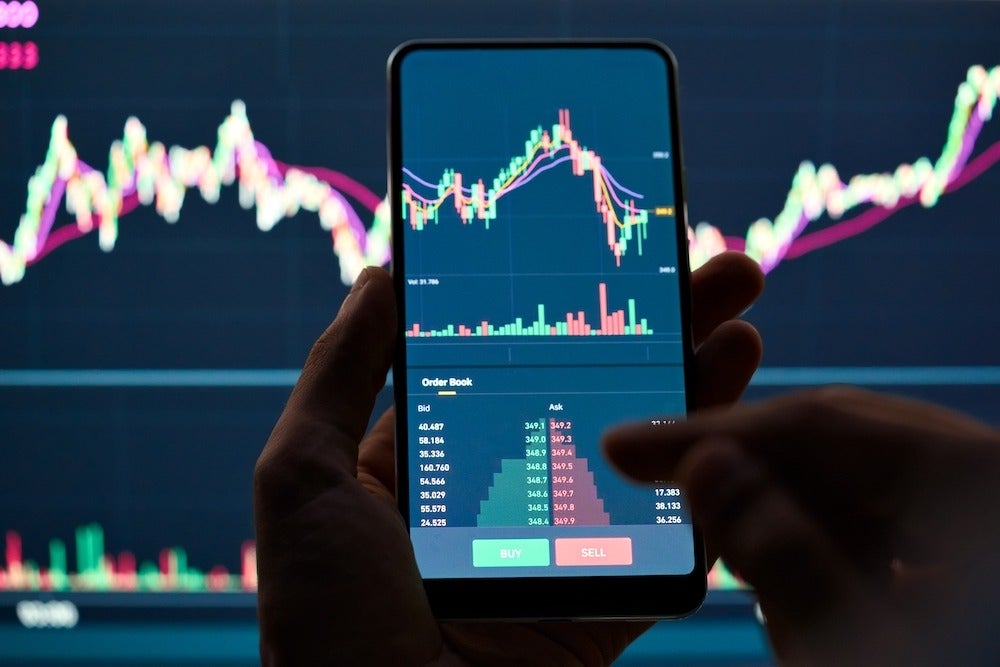
Anita Shah, a senior associate in McDermott Will & Emery’s private client practice, explains the rise of NFTs and how the frenzied new world of digital investing operates
The world of investing in cryptocurrencies or digital assets, particularly digital collectibles within sports and art, is on a meteoric rise, with blockchain technology and digital currency offering a revolutionary way for many to sell, trade and collect digital assets in the form of non-fungible tokens (NFTs). At the start of 2021, only a small proportion of people had heard of NFTs, but by the end of last year over $40 billion had been spent on them worldwide, creating a lucrative but also wild and frenzied marketplace.
With anyone able to purchase cryptocurrencies to create an NFT, and anyone from celebrities to children trying their hand at selling or collecting digital art or sporting merchandise, digital asset sales are at an all-time high, with profits spreading much wider than just niche holders. Before we discuss the implications of holding or dealing with cryptocurrencies and NFTs from an estate planning, inheritance or trust perspective, it is important to first understand what NFTs are, and how they interact with cryptocurrencies.
NFTs and cryptocurrency
Essentially, NFTs are a digital certificate of ownership that can be bought and sold using cryptocurrency. Each NFT is entirely unique, and, as with cryptocurrency, the record of ownership and any transaction is stored on, logged and shared on the blockchain – a type of public ledger invented in 2008 to record the movement of cryptocurrency and to ensure its integrity by encrypting, validating and permanently recording transactions.
Some NFTs incorporate smart contracts which specify and automate certain rights and obligations of the buyer and seller – for example, to provide that the NFT creator automatically receives a percentage of the transaction proceeds every time the NFT is sold on.
For the world of cryptoinvestments, this means any digital file – a song, a video, a jpeg image file, a meme, a voice recording, even a GIF – can be attached to an NFT, making it a unique and original digital asset that can be collected and traded in much the same way as an original Van Gogh or an exclusively autographed World Cup football shirt.
While there is nothing to stop anyone copying the digital art or merchandise, and in fact it has never been easier to do by simply Googling, sharing or downloading a digital file, it is only the buyer of the NFT who owns the ‘token’ which proves they own the ‘original’ work, therefore distinguishing it from any copy. Similarly, there may be millions of identical prints of the Mona Lisa but there is only one original painting.
This means that while a buyer does not acquire the intellectual property right to the work, they are in fact acquiring the proprietary right to the original work via the unique token.
Although anyone can simply tokenise their creation to sell as an NFT, the spotlight in recent times has been on the multi-million-dollar NFT transactions. For example, the most expensive NFT is a digital collage of images by Beeple (a digital artist called Mike Winkelmann), which sold in March 2021 for $69 million through Christie’s. Just after that, Jack Dorsey, co-founder of Twitter and until recently its CEO, sold an image of the first ever tweet for $2.9 million, and a digital fantasy football card of Diego Maradona sold for $4.3 million.
While crypto-assets are becoming much more commercially mainstream, particularly with NFTs having been catapulted into the public eye over the past year due to their association with sports teams, celebrity endorsements and sky-high transaction prices, the NFT market is incredibly speculative. Investing, protecting and managing NFTs comes with significant risk and volatility, particularly as certain markets associated with them become over-priced and over-inflated.
However, as the potential to facilitate new revenue streams by establishing new forms of digital property and digital investments increases, for those involved in estate administration or trusts, departing from dealing with traditional assets to an entirely new form of virtual assets can be a legal quagmire.
Inheritance and succession issues
The decentralised nature of the asset ownership of cryptocurrency and NFTs can lead to practical difficulties for personal representatives dealing with an individual’s estate upon their death. Unlike a land registry or a share register, there is no controlled registry for digital assets, and so access relies solely on the ability to gain entry into the digital wallet that contains the ‘private key’ (an alphanumeric password used to access the digital wallets and sign transactions). Therefore, digital assets are owned by whoever holds the private key, making that individual the putative owner who can deal with and transfer the asset.
On death, unless the digital wallet and private key are known by the personal representatives, executors or beneficiaries, accessing the digital assets or proving ownership will be impossible. Currently, of the 18.9 million Bitcoin in circulation, an estimated 20 per cent appears to be lost or otherwise in stranded wallets due to the misplacement of private keys. It is therefore essential that owners of digital assets follow practical steps to mitigate the risks of valuable digital assets becoming inaccessible on death.
Firstly, owners of digital assets must identify the assets they own and make these known to their advisers and/or personal representatives. This inventory of digital assets should be reviewed regularly and include up-to-date instructions on how to access the private keys and wallets. Such an inventory should be stored securely, and advice should be taken on how to preserve confidentiality, while allowing access in the event of death. This information should not be included in a will, which becomes publicly recorded once a grant of probate is obtained following death.
Secondly, owners should discuss with their advisers who should benefit from their digital assets upon death and include instructions in their will or an accompanying letter of wishes informing personal representatives how the digital assets should be administered – for example, instructions setting out which asset or account should be closed or transferred.
Trustees and digital assets under a trust
With an increasing number of HNWs and family offices looking to gain exposure to this digital asset class, there are several important considerations trustees should be mindful of before agreeing to invest in or hold NFTs and cryptocurrency as trust property.
Trustees must have regard to their fiduciary duties when it comes to making trust investments, and in doing so have regard to the need to diversify investments, consider the suitability of investments and protect trust assets. A trustee should pursue a variety of investments of different natures to reduce the risk exposure of a trust, and in doing so, should be mindful of their ongoing duty to monitor the suitability of such investments.
While trustees may be under more pressure from settlors or even the evolving market to make speculative or higher-risk investments, they should exercise a high level of caution when considering the suitability of crypto-assets, given their highly volatile and unpredictable nature. It is essential that trustees take proper and regular advice to discharge their duty of care obligations to act within the scope of their mandated authority, and to not expose the trust (unless expressly permitted) to high-risk investment outcomes. This is imperative in avoiding exposure to breach of trust claims that disgruntled beneficiaries may seek to pursue if their assets lose significant value. It is also prudent for trustees and advisers to ensure there are robust exoneration provisions in trust deed that clearly recognise the volatility of digital asset investments, and that cater for losses in their value.
Final thoughts
Looking to the future, we expect the upward trend in digital asset investments to continue. While there is certainly promise of robust supporting infrastructure and increased global regulation, the pace at which the digital marketplace is evolving means that clarity and regulation will be playing catch-up for some time. It is therefore essential that all those involved in trust and estate planning take proactive steps to monitor and assess the impact on private wealth and trusts, by engaging with their advisers to identify and subsequently minimise exposure to the challenges and risks associated with the digital investment world.
Includes contribution from Justine Wadhera
Image: Shutterstock






